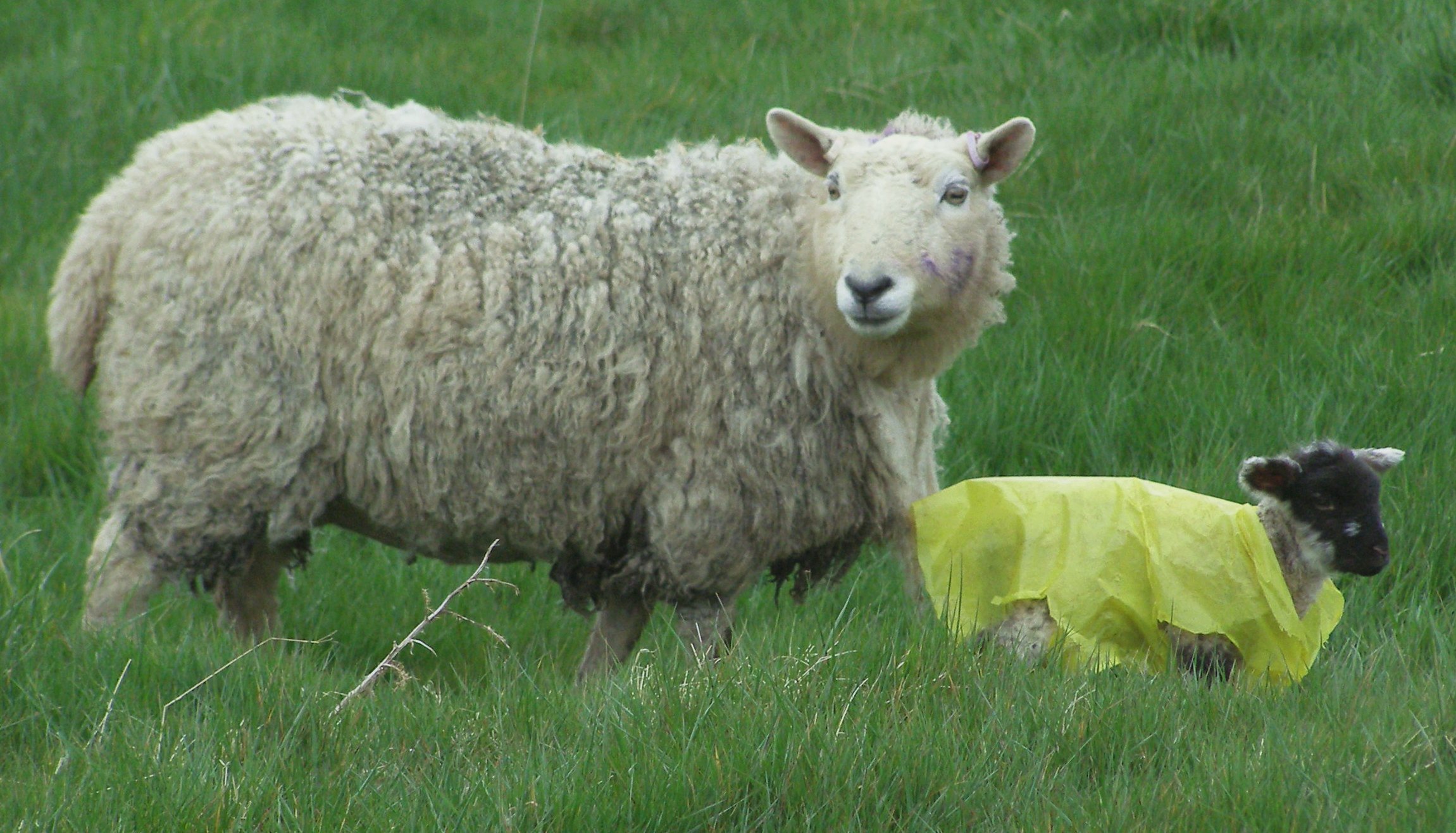When I was small I was fascinated by a packaged cake of soap in a friend’s loo. I went home to say that next door that had soap made from “fat wool”.
Wool fat soap is actually lanolin, the natural wax (not fat) in sheep’s wool, which waterproofs our woolly friends and provides anti-fungal protection. For as many years as humans have kept sheep, lanolin has been used as a by product for everything from skin and health care to lubrication and waterproofing….from moisturising lip balms to protective leather waxes!

When looking for a good WOVEMBER WAL project it did fleeting pass my mind to try making wool fat and set about finding a recipe. However, given my kitchen is the size of a small, hall cupboard I am not sure I can manage this scale.
: : Method for lanolin extraction (with healthy nod to Wiki-how!): :
You will need:
Raw, unwashed fleece.
Salt
Pot large enough to contain the wool
Mesh bag (optional)
1. Fill a pot with water until full (It might be easier to do this on an outdoor stove, if you have a large amount of fleece)
2. Put the raw wool into the pan or pot. Push the wool into the water gently. Pieces of wool can be placed in mesh laundry bags to prevent them from breaking apart.
3. Add 1 – 3 tablespoons of salt to the water. (some research points to more than this)
4. Bring the water to boil and keep boiling over a period of several hours. During this time, keep an eye on the boiling water and add more water as it evaporates off. Do not leave unattended as the water could boil off and burn the wool.
5. Remove the wool from the boiling water.
6. Keep the water boiling until all the water evaporates off. The remaining substance is lanolin.
7. Pour the lanolin through a cheesecloth. This will remove any impurities. Pour it into a bowl and leave to cool. Once cooled, scrape off the lanolin and place into jars ready to be used.
Apparently one fleece can yield around 300ml of lanolin…I might need to invest in an outdoor stove. I am envisioning hand made Christmas gifts!
There are more interesting lanolin facts here at the Open University, along with a recipe to turn your extracted wax into hand-cream.
Do you make your own wool fat products? Do you use a different method? Do let us know, it would be fascinating to see this traditional wool product being made from your own sheep.